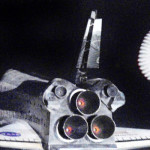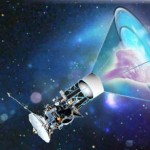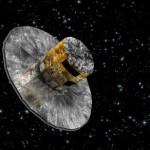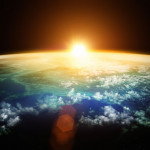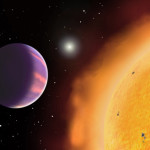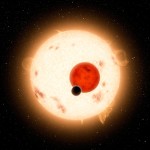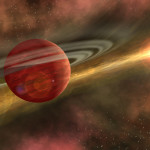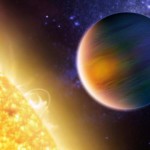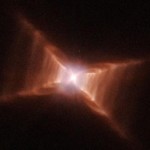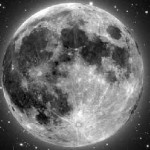Fact 1 – You could touch a Shuttle minutes after re-entry – Each Space Shuttle had about 30,000 tiles on their belly that acted as a heat shield when the spacecraft experienced searing heat of 1,650 “C (3,000 “F). The tiles were so efficient and cooled so fast, though, that you could hold one in …
Category Archive: Space
Antimatter Spacecraft
The good news is that colliding antimatter with matter can create the amount of energy and thrust that would enable spacecraft to visit the planets of the Solar System in a period of only a few weeks rather than years, and would open up the possibility of manned interstellar missions. The bad news is that …
Biggest Super Earth
When it comes to super-Earth planets, you cannot get any bigger than heavyweight world HD 69830b. Roughly 10 times more massive than our home planet, this rocky world is arguably the largest exoplanet in super-Earth flavour that has so far been uncovered in our high-tech hunt for alien worlds around distant stars. Orbiting its 41 …
Largest Gas Giant Planet
Jupiter Narrowly missing the title of the biggest gas giant as it has yet to be confirmed if it is indeed a planet and not a brown dwarf, CT Cha b is pipped to the post by HAT-P-32b. This hot Jupiter, which almost weighs the same as its prototype at 94% of its mass, might …
Oldest Planet in Our Solar System
Until year 2011, the oldest world that we knew of was PSR B1620-26b – a distant world orbiting the pulsar, PSR B1620-26. A pulsar is actually a neutron star, an incredibly dense relic of a star’s core, just a few dozen kilometres across in size. Nobody expected to find any planets around them but in …
Most Likely Planet to Support Life
Originally thought to host just three planets, HD 40307 was recently discovered to be smuggling three more distant worlds – one of which might be Earth’s over-sized twin. Among the six exoplanets that orbit their 42 light year distant star which rests in the Southern hemisphere constellation Pictor, this super-Earth, named HD 40307g, circles in …
Red Square Nebula
The unknown origins of this nebula make it one of the most mysterious objects we know of. This image, created by combining infrared exposures from the Mount Palomar Hale telescope in California and the Keck-2 Telescope in Hawaii, is puzzling to say the least. Its symmetrical and ordered square shape looks like something that was …
Why do Moon Phases Occur
Have you ever wondered why the Moon is not always fully illuminated as you look at it in the night sky? The answer lies in its perpetual and intriguing lunar phases. The revolution of the Moon around the Earth, in partnership with the Earth’s revolution around the Sun, causes different parts of the Moon’s surface …













